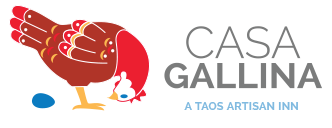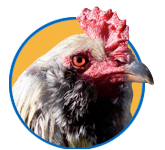Meet the Chickens
The Scoop on the Coop!
What came first?
The chicken or the egg?
Years ago, before I ever thought of tending chickens, the post office called me telling me that I had live baby chicks that I needed to come pick up – quick! Surprise surprise! A friend from the east coast had sent me a gift these very special hens that he prided himself on breeding. And a gift they certainly were! I fell in love with them at first sight. The rest, as they say, is history. My flock has slowly increased over the years from those first six hens to over forty happy and healthy girls that currently live in the lap of luxury out back here at Casa Gallina in their own mudded adobe hen house! Big Daddy, my beautiful Araucana / Barred Rock Rooster rules the roost, and every spring I have a few new little chicks that are hatched right here by some beautiful and broody mother hens.
So now I believe it’s the egg that comes first! Or is it the chicken? I’m just not sure!
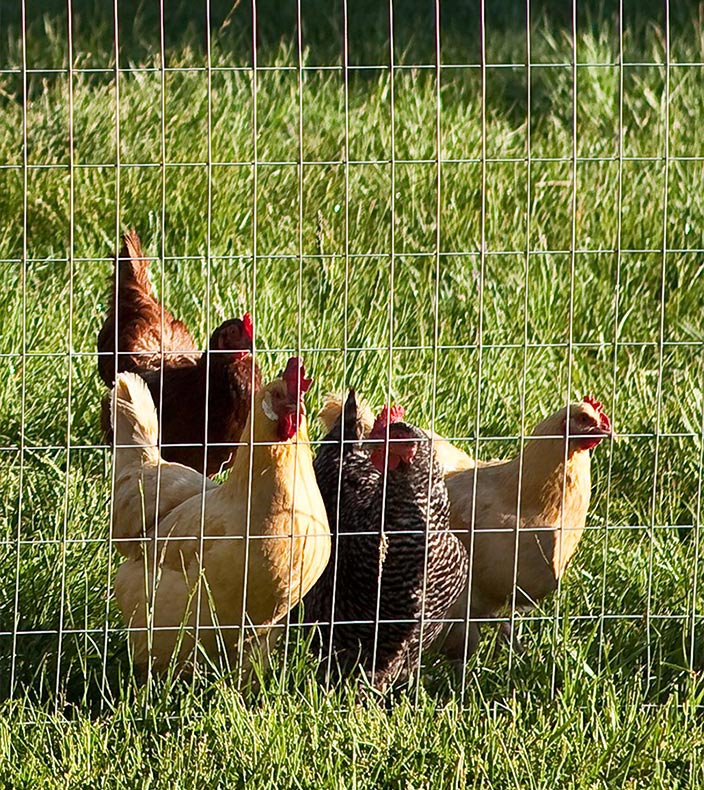
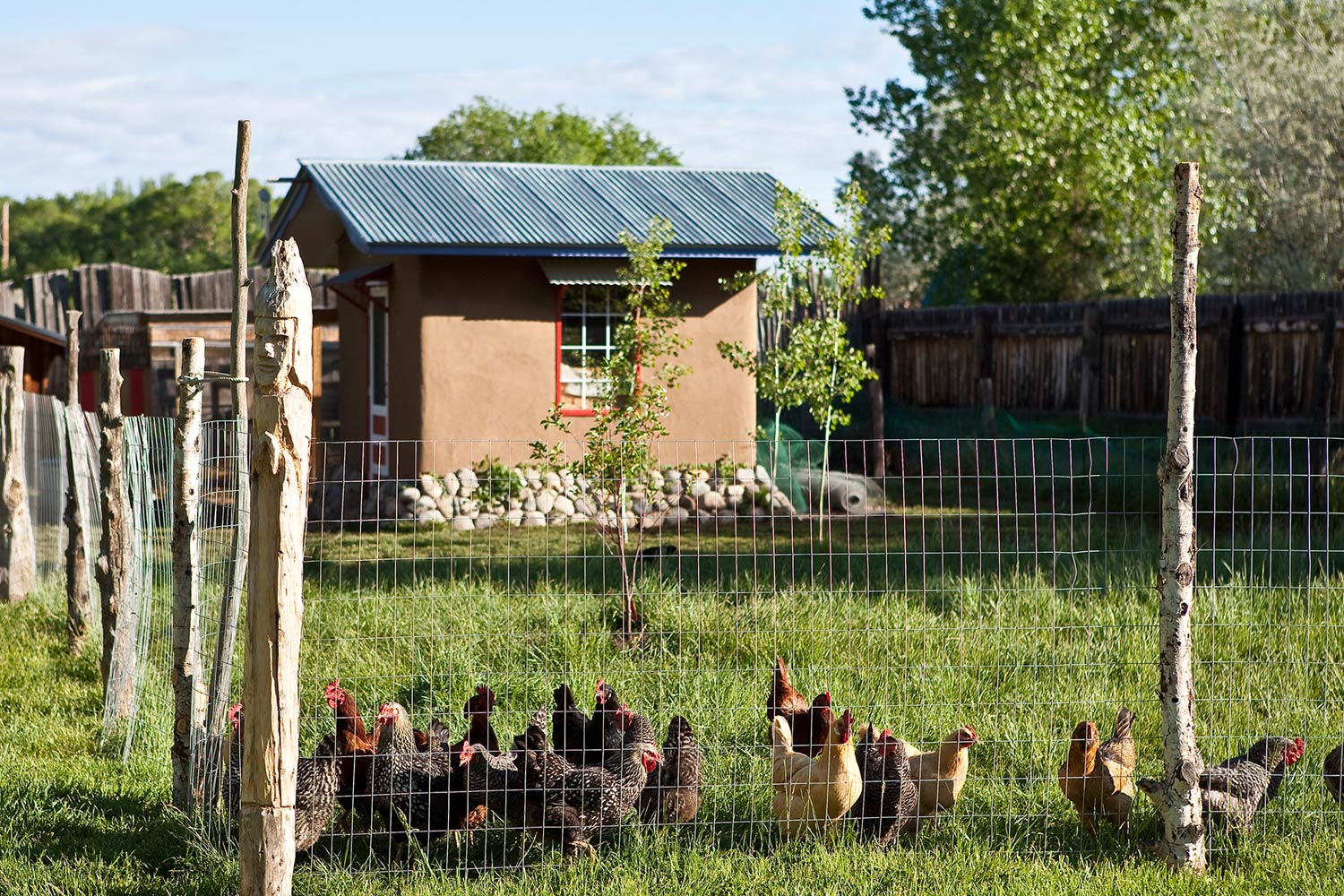
Rules of the Roost
- Don’t let any food go to waste!
The girls will feed you their eggs… IF you feed them your food scraps! Leftovers from restaurants are their favorite! - Leave eggs on the counter-top
When unwashed, the eggs “the girls” lay for will stay freshest out of the refrigerator). - Spend time with “the girls”.
They’re social beings and absolutely love company! And they’re pretty entertaining too!
Five most frequently asked chicken questions by my guests:
1. Does a hen need a Rooster to lay eggs?
No. Just like a woman, a hen is born with a fixed number of eggs in her that she will lay with or without a rooster… until she’s finished laying!
2. What determines the color of the egg?
Different breeds of hens lay different color eggs. Leghorns lay white eggs. Barred Rocks lay brown eggs. Araucanas lay blue eggs. The girls here at Casa Gallina are now mixed breeds as they’ve mostly all been born here and all have some bit of Araucana genetics in them (My original Big Daddy Rooster was a pure Araucana), so our eggs range from white, to different shades of brown, to beautiful shades of greens and blues – some speckled – some not.
3. How many eggs a day/week/month does a hen lay?
Depends on how old she is. Hens don’t begin laying until they’re about six months old. Then she’s as productive as she’ll be from then until she’s about two years old, when she can lay as many as five eggs per week! It also, however, has to do with the hours of light per day. So a productive hen will lay more frequently at summer solstice, and usually completely stops laying at winter solstice. And at about three years old, she’s finished laying. And the good news is that she’s welcome to spend her twilight years hanging out with rest of the flock here at Casa Gallina.
4. Are the eggs fertile? Is it ok to eat a fertile egg?
Big Daddy does have quite a job keeping the girls happy (fertile), however, as virile as one might like to believe he is, he doesn’t get to all the hens every day, but about half of them. I know this because in the spring, when my mama hens sit on a clutch of eggs, usually about half hatch. Some would say that it’s healthier to eat a fertile egg than an infertile egg. Energetically speaking I would agree. But I would challenge anyone to tell me which is a fertile one and which is not.
5. Don’t the hens mind that I take their eggs?
Only if they’re “broody”. A broody hen is a hen that wants to sit on eggs to hatch them. This is a seasonal and hormonal occurrence and only a few of my girls are broody hens (and they’re obviously my mama hens too!) I leave my broody hens each spring with a clutch of eggs to sit on and hatch. Otherwise hens most of the time lay an egg in communal nests and leave it to go about their business with no mind to the egg they just layed. Those I gladly collect and distribute to all my guests!
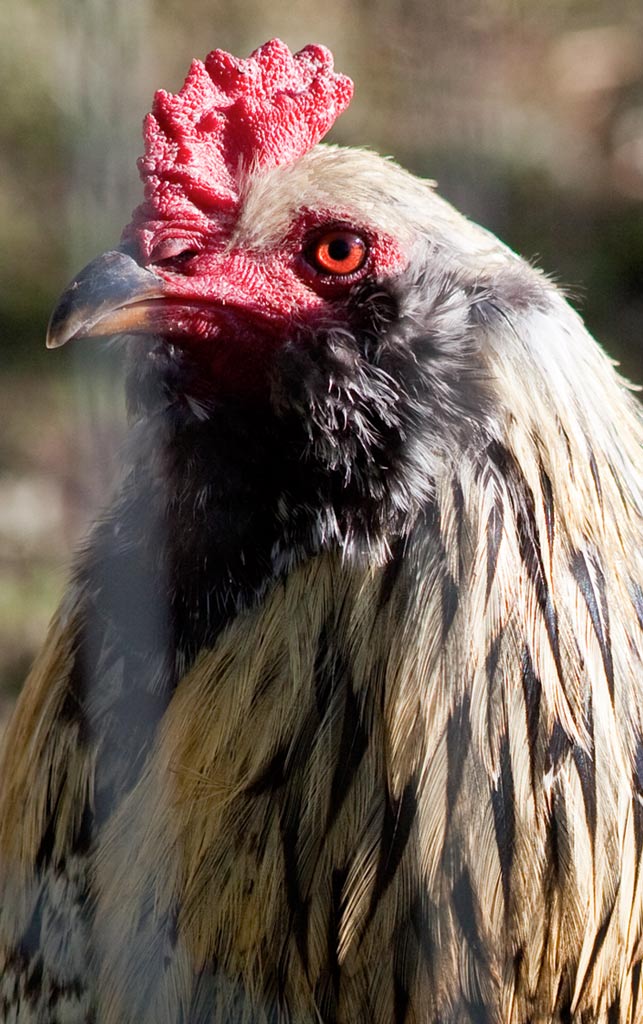

Pet Policy
If you are wanting to travel with any of your pets, please call or email me with the request. I like to decide with each request after talking with you about it… You see I have free roaming chickens on the property just behind the casitas and twice I’ve had complete slaughters of my flock by visiting dogs, so I’m very very very selective of which dogs I let come, and am protective of my flock of “girls” as you can imagine. Younger larger dogs are not as welcomed as older smaller dogs… the tinier the better. The older the better. And a leash is a good idea while you’re here. It’s a dog’s instinct to kill a running chicken as you might know… I tell this to you with all this drama so that you know what my concern is. You can think over whether you think your dog is going to behave. If I am comfortable welcoming your dog, I charge a $50 fee for each. There are a couple of my casitas that I do not allow pets into, and a few that I do. I look forward to hosting you and your very well mannered, chicken-friendly four-leggeds!
To learn about all of our policies, please click here.
Farm Fact:
From Mother Earth News:
“eggs from hens raised on pasture are far more nutritious than eggs from confined hens in factory farms.”
LATEST RESULTS: New test results show that pastured egg producers are kicking the commercial industry’s derriere when it comes to vitamin D! Eggs from hens raised on pasture show 4 to 6 times as much vitamin D as typical supermarket eggs.
RESULTS FROM OUR PREVIOUS STUDY: Eggs from hens allowed to peck on pasture are a heck of a lot better than those from chickens raised in cages! Most of the eggs currently sold in supermarkets are nutritionally inferior to eggs produced by hens raised on pasture. That’s the conclusion we have reached following completion of the 2007 Mother Earth News egg testing project. Our testing has found that, compared to official U.S. Department of Agriculture (USDA) nutrient data for commercial eggs, eggs from hens raised on pasture may contain:
- 1⁄3 less cholesterol
- 1⁄4 less saturated fat
- 2⁄3 more vitamin A
- 2 times more omega-3 fatty acids
- 3 times more vitamin E 7 times more beta carotene
These amazing results come from 14 flocks around the country that range freely on pasture or are housed in moveable pens that are rotated frequently to maximize access to fresh pasture and protect the birds from predators. We had six eggs from each of the 14 pastured flocks tested by an accredited laboratory in Portland, Oregan. The chart in Meet the Real Free range Eggs (Oct/Nov 2007) shows the average nutrient content of the samples, compared with the official egg nutrient data from the USDA for “conventional” (i.e. from confined hens) eggs. The chart lists the individual results from each flock.
Read more at www.mothersearthnews.com
